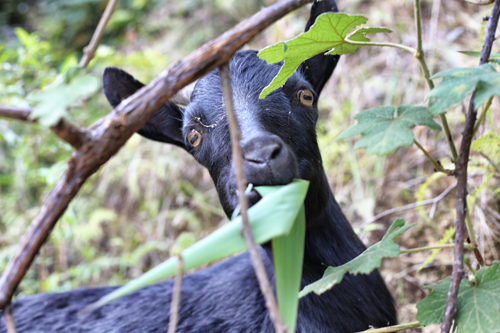The Sapa Sisters tour that we took while in Sapa is run by local Hmong women. Sam was our wonderful guide!


1.) As recently as 20 years ago, the Hmong women got married at just 14 or 15 years old. A man would decide which woman he wanted to marry, then find 10 friends to help him kidnap her at the market. (We’d hoped kidnap was a more playful term here, but it isn’t.) He’d take her to his house for three days and rape her, then bring the child back to her parent’s home. Her parents, fearing she’d be pregnant, would force her to marry the man, meaning she’d move to his village and spend the rest of her life caring for him and their children. The practice was officially banned when women started committing suicide as a result. However, this still happens some today, but less and less.


2.) The Hmong continue to put a wonderful energy into making their local clothing when western style clothes have become cheaper and more plentiful. To begin to describe this process, the Hmong women start with hemp, patiently turning that into string during a 3 to 4 month process. They dye it a deep blue from a plant, leaving the skin on their fingers permanently a greenish-blue. They weave the string into fabric with a loom and then very carefully hand-stitch together many delicate patterns and designs into the fabric. The Hmong women are supposed to make one outfit for every member of their family every new year. Making these clothes is so clearly a labor of love, pride, and appreciation for their own culture and tradition.



3.) Most of the Hmong people practice a religion described as shaman. When you get sick, it means your spirit has left you. You go to the shaman, a very old woman, and she tells you how to get better. If you have a headache, she prescribed boiling water applied to your forehead for 20 minutes. If this doesn’t work, you go back and the shaman gives you a silver bracelet. If, after a few days, this still doesn’t work, you go to a new shaman.


4.) Hmong parents want sons. Though daughters may help them with housework, a son will care for them when they’re old. Often, women will have 3 or 4 girls, hoping the next will be a boy. Sometimes, they’ll buy a boy from another family who has a few or whose parents are addicted to opium. If a woman produces no sons, she stands the risk of her husband divorcing her. Women, on the other hand, would have a very hard time divorcing their husbands, even in situations of abuse or alcoholism.


5.) Dozens of little girls ran to us along our hike, selling bracelets for 10,000 dong (equivalent to 50 cents). We had to decline though, in the hopes that their parents would begin sending them to school instead of off to work. It wasn’t until recently that the Vietnamese government helped to build schools, dotting every village in yellow buildings. Sam, our guide, never saw the inside of a classroom as a child.


6.) Our Hmong guide seemed so satisfied and fulfilled. It is so easy for us coming from our western ways to pass judgment on what success should look like, or on what everyone should be striving for in their life. Sam, our guide, however, seems to have life more figured out than most of us. She loves being a guide, and she hopes her daughters also get to be guides when they grow up. When asked where she would want to visit or travel, she said to a beach. Not somewhere too far or too foreign, just something a little new. Sam is in the process of building a wonderful and simple new home, which she was so proud to share with us. She sends her daughters to school every day, takes care of the home, spends days at a time with tourists sharing her countryside with them, and just has a zeal for life that was contagious. Thank you Sam for sharing a piece of your world with us.



